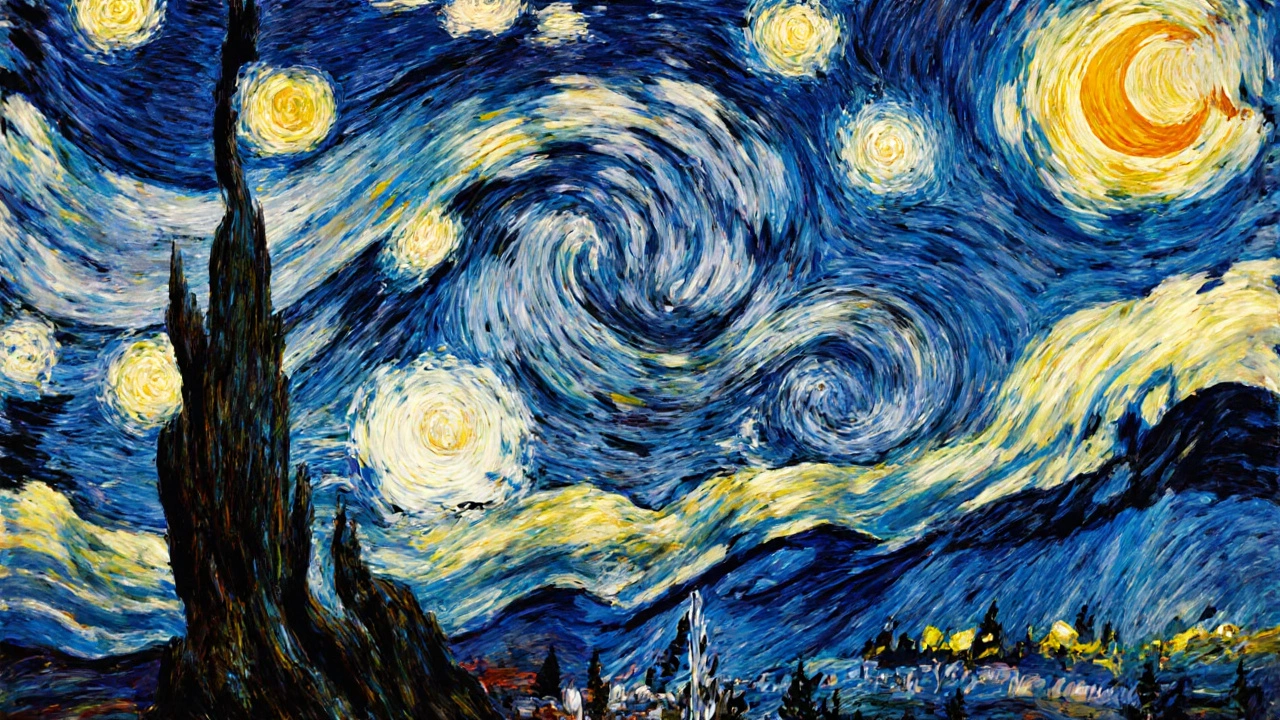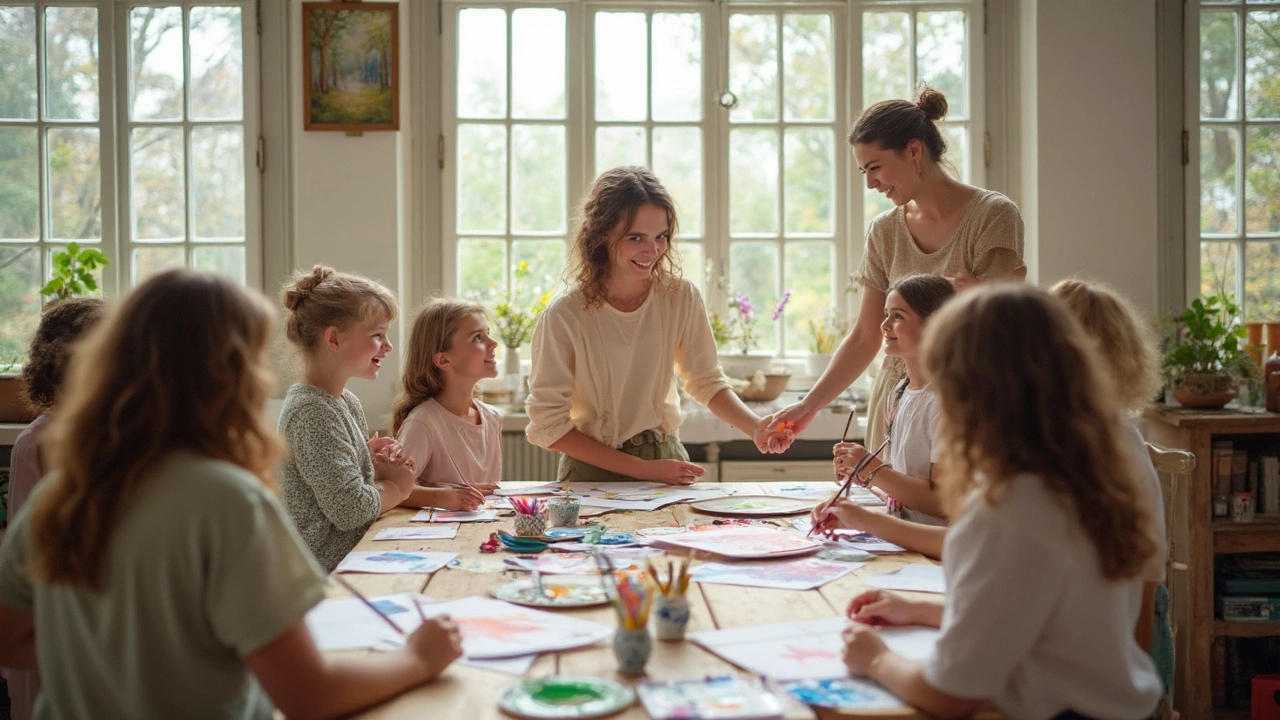Watercolor Tips, Tricks, and Getting Started
If you’ve ever opened a fresh pack of watercolor paints and felt a bit lost, you’re not alone. The medium looks simple, but the way the pigment spreads can surprise even experienced artists. The good news? A few everyday habits can make your work look cleaner, brighter, and more intentional.
We’ll cover two everyday questions that pop up on almost every watercolor forum: Do you sketch first? And what should you paint first on the paper? Both have simple answers that can save you time, paint, and frustration.
Should You Sketch Before Watercolor?
Most artists start with a light pencil drawing, but some skip it entirely. The real answer depends on what you’re comfortable with and what you’re painting. A quick sketch helps you lock in composition, placement of big shapes, and where the light hits. That way you spend less time guessing and more time layering color.
Use a hard 2H or 3H pencil and keep the lines faint. If you press too hard, the graphite will show through the washes and turn the paper gray. Lightly erasing the lines after the first wet wash can also keep the surface clean. For loose, expressive work, you can forgo the sketch and let the paint guide the shape—just be ready for some trial and error.
Pros of sketching:
- Clear roadmap for colour placement.
- Helps maintain proper proportions.
- Reduces the chance of big mistakes.
Cons of sketching:
- Extra step adds time.
- Can make the piece feel too rigid if you over‑plan.
In short, start with a light sketch for detailed subjects (like portraits or architectural scenes) and go straight to paint for loose landscapes or abstract washes.
What to Paint First: Order Matters
Watercolor works from light to dark. Begin with a wash of the lightest colour—usually a sky, water, or a soft background tone. This first layer, often called the “wet‑on‑wet” wash, sets the mood and makes later layers blend naturally.
Here’s a quick step‑by‑step:
- Mix a very light colour with plenty of water.
- Apply it to the whole area you want to stay light (sky, water, large field).
- While the paper is still wet, drop in a slightly darker hue for depth. The pigments will flow together, creating natural gradients.
- Let it dry completely before adding any detail. This is called “dry‑on‑dry” and gives you crisp edges.
After the base wash dries, move to mid‑tones. Use less water and more pigment to define shapes—trees, hills, or the subject’s outline. Finally, add the darkest values for shadows and contrast. Because you’re building from light to dark, you avoid muddy colours and keep the painting bright.
A common mistake is to start with dark colours and try to lift them later. Lifting works, but it often leaves a patchy look and wastes paint. Stick to the light‑first rule and you’ll see cleaner transitions.
Quick tips to keep the process smooth:
- Keep a second sheet of paper handy for testing colour mixes.
- Use a clean brush for each new wash to avoid accidental colour contamination.
- Don’t rush the drying time—watercolor dries quickly in warm rooms, but you still need a few minutes for each layer.
By combining a light sketch (when needed) with a disciplined painting order, you’ll get more control over the fluid nature of watercolor. Your paintings will look intentional, vibrant, and less like a surprise experiment every time you lift the brush.
Give these habits a try on your next piece. You’ll notice the difference instantly—fewer re‑paints, brighter colours, and a smoother workflow. Happy painting!

16 Nov 2025
Starry Night by Van Gogh looks like watercolor, but it was painted with thick oil on canvas. Learn why the medium matters, how Van Gogh achieved its movement, and why watercolor could never replicate it.
Continue reading...

14 May 2025
Watercolor painting looks easy, but it trips up even the most eager beginners. This article breaks down three mistakes almost everyone makes when starting with watercolor. You’ll get clear tips to avoid these headaches, along with simple tweaks that actually work. Save your paper, keep your colors bright, and protect your sanity. If you want smoother results and less frustration, you’ll find real help here.
Continue reading...

4 Nov 2024
Watercolor painting is both an art form and a test of patience, often considered challenging due to its unforgiving nature. This article explores why watercolor is difficult and offers insights to help artists tame the medium's unpredictable elements. Readers will discover historical context, essential techniques, common mistakes, and tips to improve their skills. Whether you're a beginner or experienced artist, this guide aims to make watercolor painting a more enjoyable pursuit.
Continue reading...


